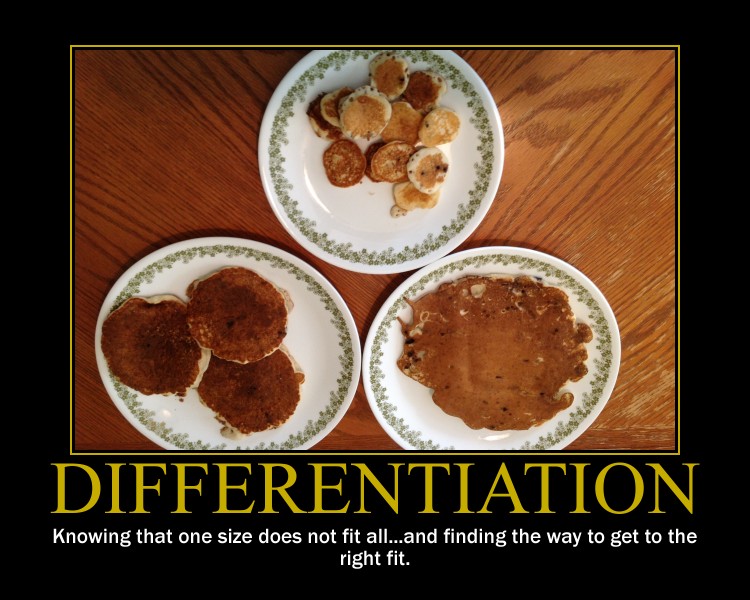 What strategies are you using to create brand awareness?
What strategies are you using to create brand awareness?
How would you like your fans to find you and spread the word?
What does your Social Media footprint convey to your audience?
When people share your stories, products or campaigns with their friends, they’re giving it their stamp of approval, their friends take notice, and your brand awareness increases.
In the Internet age, 93% of people search the internet for products and services. How will you be found? What differentiates you from the competition?
How Do You Find Your Best Fans?
In April 2011, Google made a change to their search algorithm. If you were on Facebook, LinkedIn, Twitter or any other social site it wasn’t being indexed prior to that date. Now, your Social Media Footprint is being monitored by the search engines.
Those brands that understand social, and use it effectively are crushing the competition.
A little known secret Google+ is a social networking site like Facebook. Google+ has quietly passed the 1 Billion user mark recently. Google will never tell you this, but those brands and individuals out on Google+ get enhanced search results.
Most of your audience are on numerous social media sites. So, part of your strategy then needs to be active on those sites. Whether it’s Facebook, LinkedIn, Google+, Twitter, Pinterest, YouTube, Instagram or Blogging.
Think Like a Publisher
This is a real blessing for most. Why? Because most businesses, and successful individuals like control. You now get to be your own media company and publisher. You are the content producer.
Daunting task…Yes
Rewarding…Yes
If there is only one thing I could do in social media, it would be blogging! Why?
- Positions you as thought leader and expert
- If done properly enhances search results
- Allows people to share, like, +1 and comment
- B2B get 67% more leads
- B2C get 88% more leads
In a time starved business world, where do I get content? One of the best places to get content is Feedly.
Why People Share
Author Jonah Berger was inspired when he read Malcolm Gladwell’s book, called the tipping point. Jonah realized there wasn’t a lot of information out there about the WHY.
As a scientist, Jonah thought it would be interesting to study why things go viral or why certain stories circulate around the water cooler.
Jonah starts with how a lot can be done with social media and that there are tons of content out there already from many brands and organizations. Some content does better, but it’s not about luck and it’s not random.
The 6 principles in Contagious
Jonah gives the high-level of each principle, which is called the STEPPS (Social Currency, Triggers, Emotion, Public, Practical Value, and Stories) framework. These 6 principles drive people to talk and share.
1. Social currency
2. Triggers
3. Emotion
4. Public
5. Practical value
6. Stories
Jonah based these steps on psychology. It’s about being able to understand the motivation or the drivers that cause us to pass things on.
Do you need all 6 principles for it to work?
Jonah says the best way to think about it is as a recipe. The more ingredients you have, the better the end result will be.
Although these principles are based on a decade of research, Jonah states that research will always move forward. These psychological concepts have been shown to drive behavior across a host of different audiences and products or ideas.
You’ll discover which area the investigation started in and how the same drivers that caused people to share kept showing up time and time again.
The next time someone tells you that going viral is about luck, politely tell them that there is a better way. Science. Word of mouth isn’t random and it’s not magic. By understanding why people talk and share, we can craft contagious content. And use it to get our own products and ideas to catch on.
Differentiation is Vital
Competition is fierce. It’s never been more important to have a strong brand.
There are two components of a strong brand: brand awareness and brand image.
Do consumers recognize your brand? What do consumers think of when they hear your brand name? What feelings does your brand evoke?
We all know that social media can provide a ton of benefits for businesses. The ability to build a brand is one of those benefits.
Social media can strengthen brand awareness and build a brand image.
1. Post often (but not too often)
Avoid being seen as spam.
2. Post shareable content
Top reasons people share:
- To provide valuable and entertaining content for others
- To define their identity to others
- To nourish relationships
- For self-fulfillment
- Promote causes or brands
3. Brand Marketing Consistency
Use your brand and logo everywhere you can. Be consistent with your images and tagline across all media. Increase consumer familiarity with your brand through repeated exposure. Your brand awareness will increase as the number of impressions increases.
SUMMARY
If You Want Your Message to Spread, You Need to Get People Talking, and Imitating
What do politicians, advertisers, charity organizations and public health officials all have in common? They all want their message to catch on and spread.
But how to achieve this?
Advertising is the immediate answer, of course. You can’t get your message to spread unless you put it out there. But more and more it’s becoming clear that advertising alone just isn’t enough. Even high priced and aggressive ad campaigns can fail. And that’s because just getting a message out there doesn’t mean it’s going to catch on. For that to happen, you need to get people talking, sharing and imitating. Social influence via word of mouth.
As Berger explains, “social influence has a huge impact on whether products, ideas, and behaviors catch on. A word-of-mouth conversation by a new customer leads to an almost $200 increase in restaurant sales. A five-star review on Amazon.com leads to approximately twenty more books sold than a one-star review. Doctors are more likely to prescribe a new drug if other doctors they know have prescribed it. People are more likely to quit smoking if their friends quit and get fatter if their friends become obese.
In fact while traditional advertising is still useful, word of mouth from everyday Joes and Janes is at least ten times more effective”
What tips do you have to make your message spread?
About Blair

Blair Evan Ball is a Social Media Coach and founder of Prepare1, a company that works with businesses, individuals and non-profits. He is a former executive with a Fortune 50 company, and his national division did $1.3 Billion in sales annually.
Blair has written three e-books: Facebook for Business Made Easy, Facebook Pages for Business Made Easy, and WordPress Blog Setup Made Easy.
Blair also educates, trains entrepreneurs and business professionals how to amplify their brand, increase revenues, and raise more funds.
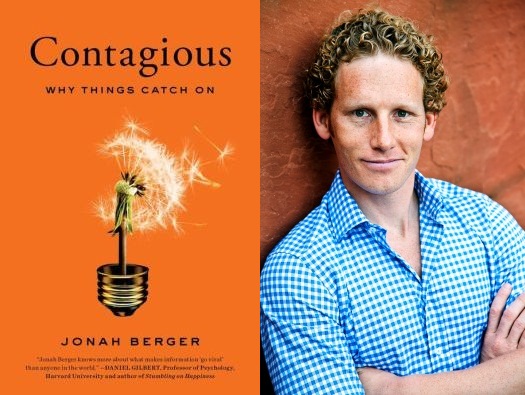
![[Study] How Will Businesses Change Their Social Media Activities Twitter Launching Buy Button for Commerce](https://www.prepare1.com/wp-content/uploads/2014/03/COACH-logohat-162x300.jpg)
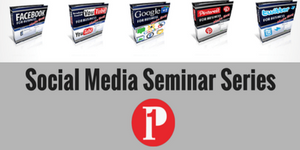
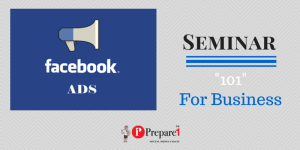
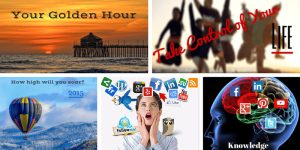

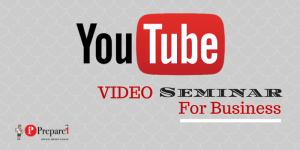
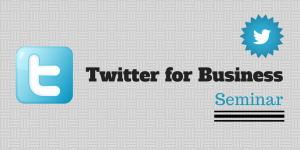
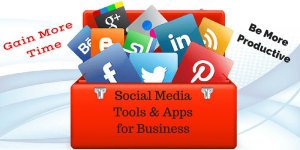
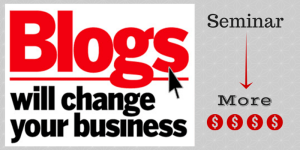
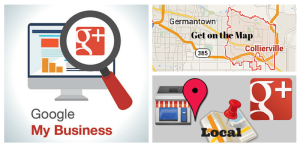

Comments on this entry are closed.
{ 1 trackback }